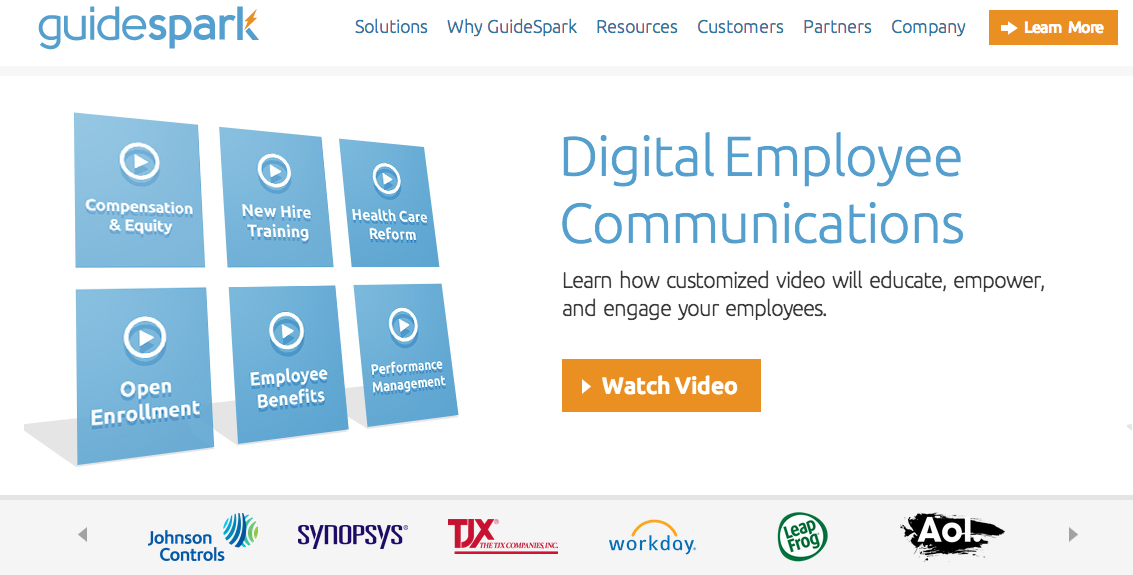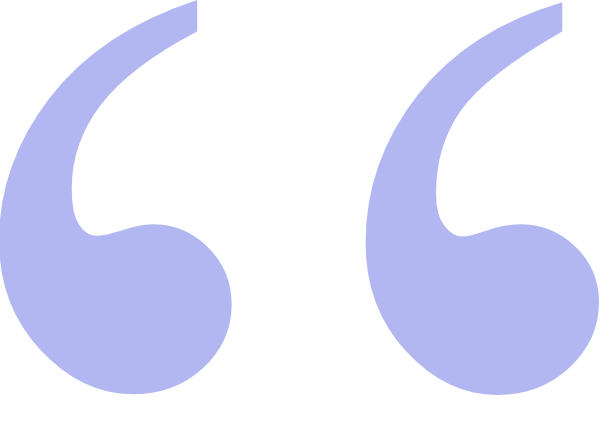GuideSpark is one SaaS company I’ve been fortunate enough to be involved with for a while (I am a very small indirect shareholder, and have known the CEO, Keith Kitani, since ’06). GuideSpark is a SaaS service that automates highly personalized employer-employee communications, e.g. around benefits and HR. So you don’t have to do 1,000 in-person training sessions every week/month/quarter for your global workforce.
You may not have heard of them yet, but you likely will soon, as they’ve exploded the past year, adding hundreds of pretty impressive Global 2000 companies, are about to cross eight figures in ARR (and accelerating) … and did it all with Outbound Sales.

I asked Keith to share his learnings with the SaaStr community. I know in-bound is all the rage these days. But outbound can work, and work well, especially in my experience and opinion if:
- Your value prop is (x) pretty clear (you don’t much time to get people’s attention with an outbound pitch) and (y) distinct (it’s harder when you have 20 entrenched competitors);
- and Your ACV is high enough to support the work.
It’s hard to make outbound sales work at a $2k ACV. But as the deal size approaches $50,000 ACV or higher — your reps can spend a lot of time hunting. They don’t have to close that many deals to hit their quota.
And outbound, for larger deals, has one critical advantage over in-bound, at least in some cases: it almost forces you to Call High. In-bound leads can come from all sorts of sources — VPs, Directors, mid-level managers, individual users. But when you call (or email) in … you call into who you want. For some SaaS services, where Calling High is efficient … it can really maximize your ACV.
So I asked Keith, how he:
- went from $0 to soon-to-be $10m in ARR, growing > 1X0% YoY;
- all on Outbound Sales — almost no in-bound leads;
- and all with just a few million dollars in capital; and
- very limited travel (not a lot of getting on jets).
His thoughts are below, and I find the conclusions at the end especially valuable:
—————

 In 2013 at GuideSpark we took a less-traveled path focusing exclusively on outbound, telephonic sales to deliver huge ‘post-traction’ growth. No free trials. No freemium. Few inbound leads (the one or two high-quality inbound leads each month were a cause for celebration). No customer advocacy program. No SEO, no SEM. Passable website. Non-existent PR. Limited VC money (mid-2013 Series A raise). Despite bucking the generally accepted ‘norms’ for SaaS startups we achieved significant growth – tripling ARR and quadrupling our customer count. Here’s how we did it, and how you can, too:
In 2013 at GuideSpark we took a less-traveled path focusing exclusively on outbound, telephonic sales to deliver huge ‘post-traction’ growth. No free trials. No freemium. Few inbound leads (the one or two high-quality inbound leads each month were a cause for celebration). No customer advocacy program. No SEO, no SEM. Passable website. Non-existent PR. Limited VC money (mid-2013 Series A raise). Despite bucking the generally accepted ‘norms’ for SaaS startups we achieved significant growth – tripling ARR and quadrupling our customer count. Here’s how we did it, and how you can, too:
- Hire a great VP of Sales. I can’t put enough emphasis on the importance of this role and how easy it is to get wrong. We got it right. His biggest secret: Don’t Outsource Your Two Most Mission-Critical Tasks. The two most important responsibilities for sales leaders are a.) hiring top talent, and b.) making the talent you have, better. Yet these are two levers that sales leaders are most willing to cede control over. Don’t rely on HR to source and screen candidates for you. Get engaged, and get your existing A-Players engaged, in the process early and often. Don’t rely on outside coaches and resources to develop your team – take the time to build out a coaching and development program internally. As with interviewing, get your A-Players involved – they will be eager to help shape the future of your team, and to develop new skill sets for themselves. Remember – your calendar doesn’t lie – look at your calendar each week – what are you spending your time on? If you do not have time blocked each week for interviewing, coaching, and development of your team – then you are not using these two critical levers to their fullest.
- Hire Fast. Hire Right. Scaling this model has one input = people, so you need to recruit. You need to find the right “Hunters” at this stage – competitive salespeople with high activity driven to get new logos. “Farmers” need not apply until later.
- Listen + Learn. One thing we did was create an open floor plan – no high cubes or offices. It can be noisy, but there’s no better way to learn and push a competitive team than having them hear each other every single day. You’re hiring lots of people who need to come up to speed quickly.
- Use metrics and keep it transparent. Metrics speak for themselves. Everyone knows what’s expected and who’s delivering. Novices know who to emulate, and veterans know who can help them develop into an even better performer (or who they are competing against!)
- Test + Iterate. At the pre-scale stage you’re still figuring things out. Stay nimble and flexible. Try different messages until you find one that works and then hammer it. We tried many messages during the year, found several that worked (in our market they change seasonally), shared them across the team and hit the phones.
- Avoid travel unless it is truly critical. We found that we could close six-figure deals over the phone. We decided to not sell face-to-face for a number of reasons:
- It’s expensive. A two-day trip to Houston can cost $2,500 or more.
- There is high opportunity cost. Your sales exec may be out of the office for three days out of the week, airborne or stuck on the tarmac at JFK.
- It can be very deceptive. Many sales execs prefer to sell face-to-face. They feel they are more effective when they can meet a prospect in person. In most cases, they are wrong. Yes, people are nicer face-to-face, so it’s harder for them to say “No, this solution is not a fit for us.” The upshot? In most cases, if you are selling face-to-face, your sales execs are chasing a high percentage of B-S deals.
- Understand your customer and deliver to their needs. Keep your customers close. Know them and their needs. Meet their needs. Go beyond the call of duty. With high customer satisfaction comes high retention and upsell, and negative churn. Our customer success team focuses on satisfaction and additional ARR flows naturally…
Why it worked well for GuideSpark:
- You quickly learn what messages resonate with prospects. There’s no feedback time delay with outbound sales, you get immediate prospect feedback (like phone hang ups) and can try something new the next day or double down on what works.
- We were able to focus on one thing – outbound sales. Instead of chasing many different marketing opportunities and ideas our company could be laser focused on our single go-to-market.
- We have a broad market with a very targeted prospect. Our customers span every size and industry, but the buyer in each company spans only a few different titles. So we know who to call in a huge sea of prospects.
- It was cash efficient. We had great sales and marketing efficiency because each salesperson is paid on performance – low performance=minimal expense. We were able to get very far with no VC investment.
The huge focus on inbound marketing for SaaS growth is warranted, but not the only way – outbound sales can drive fast and efficient SaaS growth in the post-traction stage. 2014 will be different for GuideSpark as we’re investing heavily in marketing to accelerate our proven sales model. We believe in marketing and are looking forward to generating lots of inbound leads, it just took us some time to get there – and we found that starting with an outbound sales model was more efficient, more measurable and drove great results.

